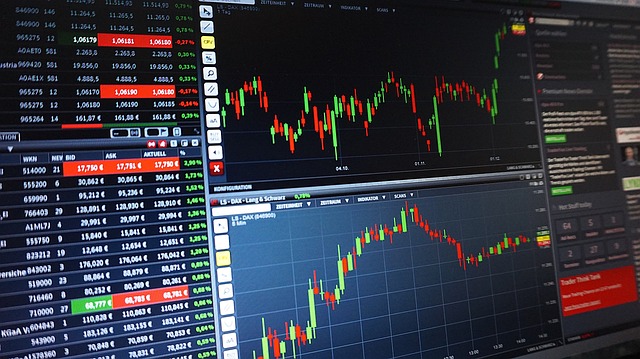By StocksAIForecast - June 12th, 2025
Investing Strategies
When it comes to active trading in the stock market, two popular strategies dominate the scene: day trading and swing trading. Both approaches aim to capitalize on short-term price movements, but they differ in time commitment, risk exposure, and potential profitability.
If you're trying to decide which strategy suits you better—or which one is more profitable—this article will break down the key differences, advantages, and challenges of each.
What is Day Trading?
Day trading involves buying and selling securities within the same trading day. Traders close all positions before the market closes to avoid overnight risks.
Key Features of Day Trading:
- Short-Term Trades: Positions last from seconds to hours.
- High Frequency: Multiple trades per day.
- Requires Constant Monitoring: Traders must watch the markets closely.
- Relies on Technical Analysis: Uses charts, indicators, and price action.
- High Capital Requirements: In the U.S., a minimum of $25,000 is required (PDT rule).
Pros of Day Trading:
✔ No Overnight Risk: Positions are closed before market close.
✔ Quick Profits: Potential to make money daily.
✔ Leverage Opportunities: Some brokers allow higher leverage for intraday trades.
Cons of Day Trading:
✖ Stressful & Time-Consuming: Requires full attention.
✖ High Commissions & Fees: Frequent trading increases costs.
✖ Steep Learning Curve: Requires discipline and quick decision-making.
What is Swing Trading?
Swing trading involves holding positions for several days to weeks, capturing short- to medium-term price movements.
Key Features of Swing Trading:
- Medium-Term Trades: Positions last days to weeks.
- Less Frequent Trading: Fewer trades than day trading.
- Flexible Time Commitment: Doesn’t require constant monitoring.
- Uses Both Technical & Fundamental Analysis: Looks at trends and news.
- No PDT Rule Restrictions: Can start with less capital.
Pros of Swing Trading:
✔ Less Stressful: No need to watch the market every second.
✔ Lower Transaction Costs: Fewer trades mean fewer fees.
✔ Can Capture Larger Trends: Benefits from multi-day price swings.
Cons of Swing Trading:
✖ Overnight & Weekend Risk: Gaps can occur when the market is closed.
✖ Slower Returns: Profits take longer to materialize.
✖ Requires Patience: Not ideal for those seeking instant results.
Which is More Profitable?
The profitability of day trading vs. swing trading depends on several factors:
1. Skill Level & Experience
- Day trading requires quick reflexes, discipline, and experience in reading short-term price movements.
- Swing trading is more forgiving for beginners but still requires trend analysis skills.
2. Capital & Risk Tolerance
- Day traders need at least $25,000 (in the U.S.) and can face higher losses due to leverage.
- Swing traders can start with less capital but must manage overnight risks.
3. Time Commitment
- If you can’t sit in front of a screen all day, swing trading is better.
- If you enjoy fast-paced action, day trading may suit you.
4. Market Conditions
- Day trading thrives in highly volatile markets.
- Swing trading works well in trending markets.
Which One Wins?
- Day trading can be more profitable for experienced traders who can execute multiple high-probability trades daily.
- Swing trading is generally more sustainable for most retail traders, offering a balance between risk and reward.
Conclusion
There’s no definitive answer as to which strategy is more profitable—it depends on your skills, capital, and trading style.
- Choose Day Trading if: You have experience, can handle stress, and want quick results.
- Choose Swing Trading if: You prefer a more relaxed approach with steady gains.
Ultimately, success in trading comes down to discipline, risk management, and consistency—not just the strategy itself.
Popular Categories
Investing Strategies 2 Market Trends & News 2 Stock Analysis & Picks 2 Stocks Market 3 Stocks Mindset 2